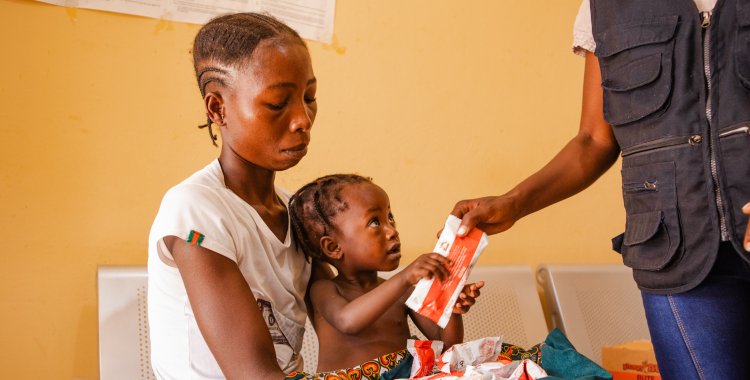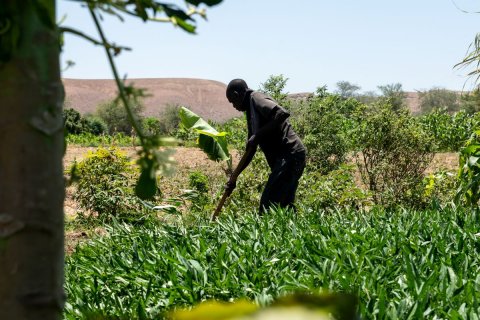"Overall chronic malnutrition in the region is classified as 'very high,' at 47.1 percent, with the highest rates in Huíla and Cunene," says the study published in Acta Portuguesa de Nutrição by Isa Viana, Carla Lopes, Duarte Torres, and Rita Pereira Luís (University of Porto), co-authored by Ketha Francisco (Angolan Ministry of Health) and Liliana Granja and Sofia Rodrigues (FRESAN/Camões, I.P.).
The analysis, based on population surveys conducted over the past 15 years in the provinces of Cunene, Huíla, and Namibe, reveals a worrying trend: "Overall, over the past 15 years, in southern Angola, the nutritional status and feeding practices of children under 5 appear to have worsened."
According to the study, "global chronic malnutrition in the region is classified as 'very high,' at 47.1 percent, with the highest prevalence in Huíla and Cunene."
The prevalence of global acute malnutrition (GAM) also remains high, with values reaching 19.3 percent in Huíla and 12.4 percent in Cunene in 2021, according to the combined assessment criteria.
"The prevalence of GAM in southern Angola, most recently estimated in the AVSAN 2021 [Assessment of Vulnerability and Food and Nutrition Security conducted in Angola in 2021] (9.0 percent), is approximately twice the target defined by the WHO [World Health Organization] in the Global Nutrition Targets 2025 (<5 percent)," the authors point out.
On the other hand, only 3.5 percent of children in the region have a diet considered adequate, according to the Minimum Acceptable Diet criteria, which assesses whether children between 6 and 23 months consume foods from at least four food groups and eat the minimum recommended number of meals.
"Diet diversity and frequency among children aged 6 to 23 months appear to be decreasing," the researchers point out.
Despite the negative trend in key nutritional indicators, the study highlights a positive finding: exclusive breastfeeding up to 6 months is high, reaching 73.1 percent in Cunene and 63.2 percent in Huíla, exceeding the 50 percent target set by the WHO for 2025.
The study links the situation to severe food insecurity caused by the prolonged drought and advocates urgent measures, recommending "systematic monitoring of nutritional status and assessment of individual food consumption of children in the region."
The authors also advocate strengthening the training of health professionals in nutrition and investing in specialized infrastructure.
"Although policy strategies and intervention programs already exist to mitigate child malnutrition and food insecurity, the results show that these issues remain a challenge," they conclude.
The scientific review was conducted within the scope of FRESAN – the Program for Strengthening Resilience and Food and Nutrition Security in Angola, an Angolan government initiative funded by the European Union with 65 million euros.
Implemented between 2018 and 2025, the program aimed to combat hunger and poverty in the southern provinces, particularly in the areas most affected by drought.







